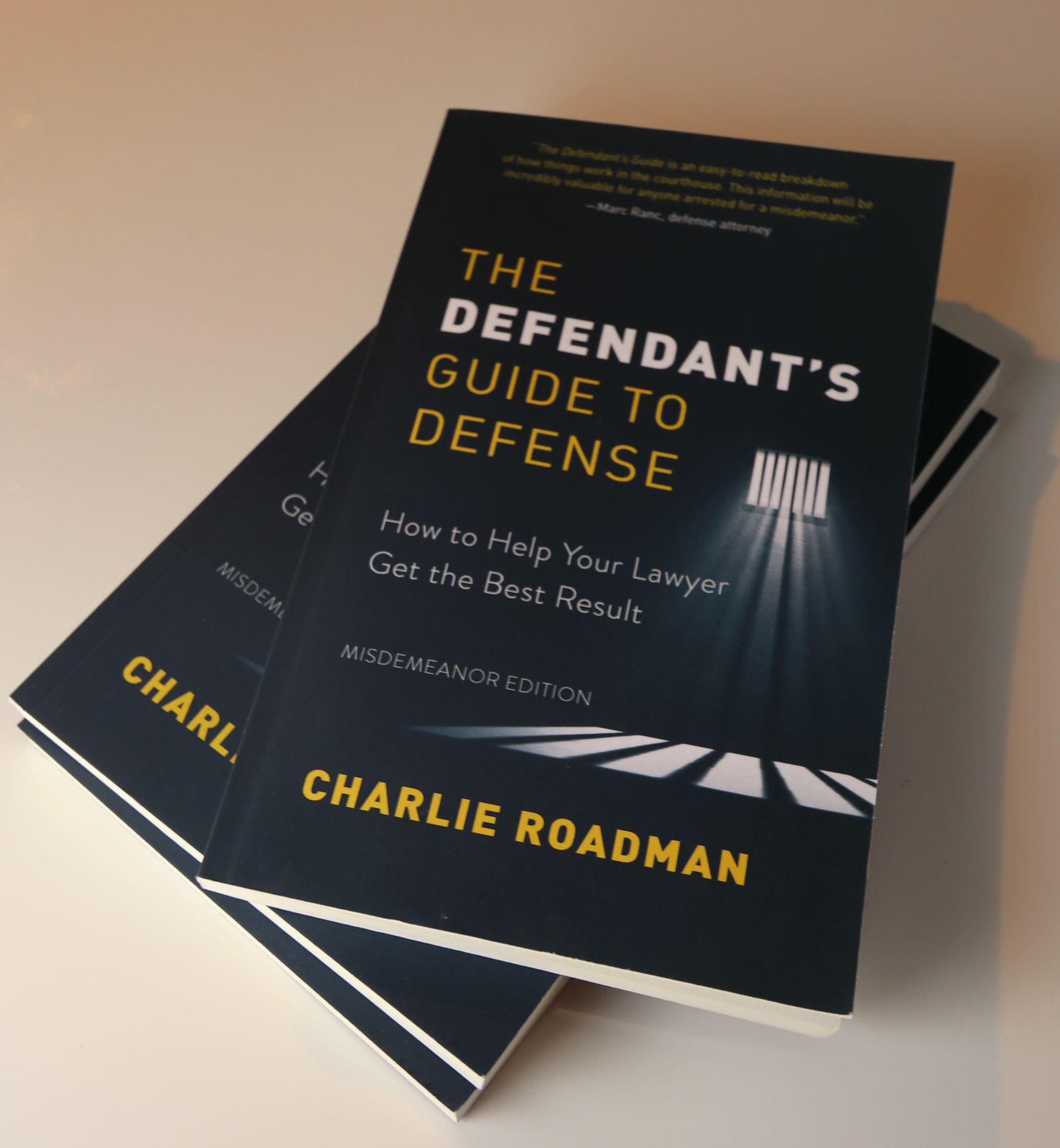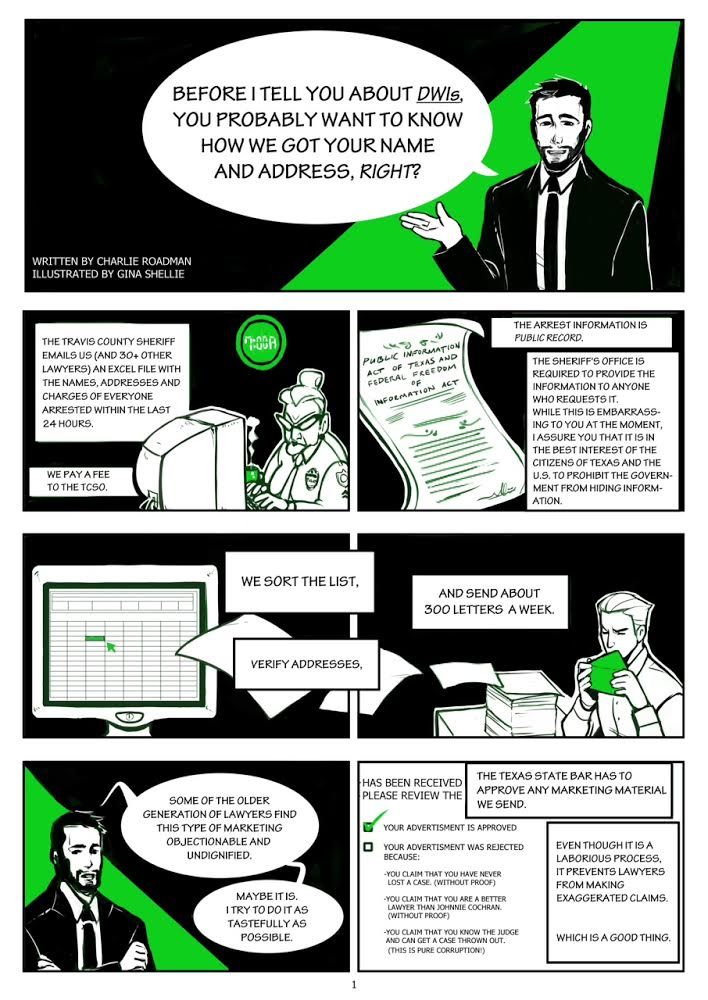Ignition Interlock Device
Getting an Ignition Interlock Device
Charlie demonstrates how the Texas Ignition Interlock Device works and walks through the process with his own device.
What You Need to Know About the Ignition Interlock Device
Charlie discusses some common issues that people have with the Ignition Interlock Device.
What if you don't have a car?
Charlie addresses the requirement of an IID in cases involving DWI, even if the individual doesn't own a car.
FAQs
I’ve been told that I have to get an Ignition Interlock Device (IID) as a condition of my bond while my case is pending. Why?
Either the magistrate judge or the judge in the court you’ve been assigned to has decided that there is enough risk (based on the facts of the case or prior arrests) to justify an IID while the case is pending.
But I’ve only been charged, not convicted. Is that legal?
Yes.
Who is in charge of monitoring the IID?
The IID company reports all violations to the Travis County Pre-trial Services department. The Pre-trial Services officer in charge of your bond will notify the judge if you have any problems.
Am I allowed to drink alcohol? Even in my own house?
No. Your Pre-trial Services officer will go over the rules with you. But that is the big one: No alcohol. CLICK HERE TO SEE THE RULES.
Ok. What is the Ignition Interlock Device (IID)?
It is a device that is attached to your car ignition system. To start the car, you have to blow into a tube. If the IID does not detect alcohol, it allows the car to start. You also have to blow into the IID at random times during the drive. Watch this video I made about putting it in my car for two months.
What are the basics of the Ignition Interlock Device? How does it work?
Here's how it generally works:
Breath Sample Requirement: Before the vehicle's engine can be started, the driver must provide a breath sample by blowing into the device. The IID will then analyze the sample for alcohol content.
Start Prevention: If the analyzed result is above the pre-set limit (usually a very low blood alcohol concentration, BAC), the device will prevent the vehicle from starting.
Rolling Retests: After the engine has started, the IID will require the driver to provide periodic breath samples to ensure continued absence of alcohol. This feature is designed to prevent another person from blowing into the device to start the car and then allowing an impaired person to drive, as well as to ensure the driver doesn't consume alcohol while driving.
Data Logging: Most IIDs will log the test results, engine starts, and any other important events. This data can be accessed by authorities or the entity responsible for monitoring the driver's compliance with the IID requirement.
Tampering and Circumvention: Modern IIDs are designed to be tamper-resistant. Attempts to bypass, disable, or otherwise circumvent the IID often result in alarms, warnings, or other indicators of tampering that can be detected during inspections.
Calibration and Maintenance: IIDs need periodic calibration and maintenance to ensure they are functioning correctly. Drivers are typically required to bring their vehicles in at regular intervals for this service.
It sounds terrible.
It is not as bad as it seems. You get used to it.
Won’t people know I’m using it?
Only people inside your car. If you lean down a bit, no one from outside your car can see you blow.
Which IID company do you recommend?
We recommend Smart Start because they are reliable and work with defense attorneys better than most other companies. They have 4+ locations around Austin.
How much does it cost?
About $90/month. Plus an installation fee. But here is a digital coupon for 10% off monthly lease.
How long do I have to keep it in my car?
Usually until the case is resolved. If your case results in some type of probation, the IID may be required during that time too.
What happens if the IID detects alcohol?
The court calls this a “hot blow.” Your Pre-trial Services officer will be notified and they will decide whether to issue a warrant for your arrest.
You mean they can arrest me again?
Yes. Do not blow “hot” into your IID!
Can you trick the IID?
No. Alcohol that you’ve consumed (wine, beer, liquor) is expelled via your breath when you exhale. You must blow deep and long breaths to start the car. It is not possible to blow “lightly” to hide the alcohol in your system.
What if the alcohol was from mouthwash?
The alcohol in mouthwash stays in your mouth (because you do not swallow it). The IID can’t tell the difference between alcohol in your mouth or alcohol you’ve consumed. It will say “violation.” However, if the alcohol is really from mouthwash, you can rinse your mouth out with water and blow again in a few minutes. The IID will show “clear” and you can start your car. You will not get in trouble for this. However, they will look very closely at it. Try not to violate with mouthwash!
How does the IID company (and prosecutors/judges) know whether the violation was from real alcohol or mouthwash?
Consumed alcohol cannot be hidden by washing your mouth out with water. If you don’t blow a “clear” reading within a few minutes of the initial violation, they will assume you’ve been drinking.
What if I don’t have time to wash my mouth out and blow again immediately? For example, I have to get to work…
The prosecutors will NEVER believe that you really didn’t have time. They will assume that you didn’t blow again because you knew the alcohol violation was real.
Do people really blow “hot” into their IIDs?
Every day. I estimate that 20 people blow “hot” every day in Travis County.
If people know they have an IID in their car, why would they blow into it after they’ve been drinking?
Unfortunately, people underestimate how long it takes alcohol to get out of their system. Most violations occur because people drink the night before. They assume that the alcohol won’t be detected in the morning. The lesson is that sleeping does not magically remove alcohol from your system.
If I drink the night before, how long do I need to wait?
Obviously, my advice is not to drink at all because that is what the judge has ordered. If you are going to drink alcohol (and violate the judge’s order), I’d wait at least 24 hours before blowing into the IID. Or 48 if you drank a lot.
Should I buy an alcohol detector and test myself before I blow in the morning?
Those handheld commercial alcohol detectors are cheap and unreliable. But they are better than nothing, I guess.
Can someone else drive my car with the IID?
Yes. However, just make sure that you teach them how to blow into the IID correctly so they don’t get a “problem blow”. If there are multiple “problem blows”, the company will think you are trying to trick the device and the device will lock up.
What if I don’t own a car?
You can put it into anyone’s car (who will let you). As long as you are the primary driver it will be fine. You don’t have to technically own the car.
Can I have my friend put it in their car and blow into for me?
No. The IID takes a picture of who is blowing. Having someone else blow once in a while is fine. But you should be the primary driver.
Can I just leave my car in the driveway/garage and use other transportation (ride-sharing, busses, taxis)?
Yes. But they want to see data from you using the car. Technically, you can start the car twice a day and just sit in it for a few minutes (in the driveway) and scroll through Facebook. However, you are not allowed to drive any car that does not have an IID in it.
Are there any options other than the IID?
Yes, you can use a portable alcohol monitor (with the judge’s permission). You must blow into it 4 times a day, within specific windows. For example, 7am-9am, noon-2pm, 6p-7pm, and 10pm-11pm. This requires serious planning skills and a fairly stable lifestyle. You cannot drink at all. I’ve had many clients try it and give up. It is much harder than having an IID.
I have more questions.
No problem. E-mail or call us at 512-472-1113.



